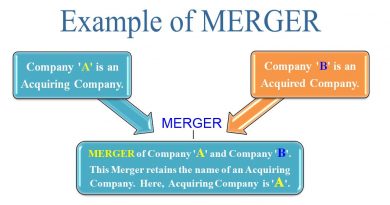Fully Depreciated Asset Definition How It Happens and Example

Contents
Fully Depreciated Asset: Definition, How It Happens, and Example
What Is a Fully Depreciated Asset?
A fully depreciated asset is a property, plant, or piece of equipment (PP&E) worth only its salvage value for accounting purposes. Assets are capitalized and their costs are depreciated over time using a depreciation schedule. This provides a more accurate estimate of the expenses required to maintain the company’s operations each year.
Key Takeaways
- A fully depreciated asset reached the end of its useful life and is only worth its salvage value.
- Salvage value is the book value of an asset after all depreciation has been expensed.
- A fully depreciated asset on a balance sheet remains at its salvage value unless disposed of.
Understanding Fully Depreciated Assets
An asset becomes fully depreciated when its useful life expires or when an impairment charge is incurred. If a full impairment charge is taken, the asset becomes fully depreciated and retains only its salvage value. The depreciation method can be straight-line or accelerated, and when accumulated depreciation matches the original cost, the asset is fully depreciated on the company’s books.
In reality, predicting the useful life of an asset is difficult, so depreciation expenses provide only a rough estimate of the amount of the asset used each year. Conservative accounting practices suggest using a faster depreciation schedule to recognize expenses earlier. This avoids unexpected accounting losses if the asset does not reach its expected life.
A fully depreciated asset may still be in working order and produce value for the company. The initial value minus the residual value is referred to as the "depreciable base."
Other Considerations
If the asset is still in use, no further depreciation expense is recorded. The balance sheet will show the original cost of the asset and the accumulated depreciation. However, operating profits under GAAP will increase as there is no additional depreciation expense recorded. When the fully depreciated asset is eventually disposed of, the accumulated depreciation account is debited and the asset account is credited for its original cost.
Example
Suppose a company acquires a new car for its salespeople to use. The car has an initial value of $50,000 and a useful life of ten years. Using the straight-line method, the owner subtracts the residual value of $5,000 from the initial value and divides by the useful life to calculate yearly depreciation. At the end of year 10, there is no more depreciation, and the asset is fully depreciated, worth its $5,000 salvage value.



